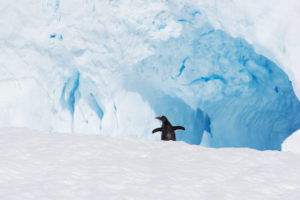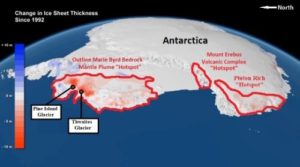by University of Liège , Apr 23, 2025 in ScienceDaily
Over the past two decades, satellite-based planetary observations have recorded rapid mass loss of Patagonian glaciers, contributing approximately 0.07 mm per year to global sea-level rise. A study published in Nature Communications links this mass loss to a poleward shift of subtropical high-pressure systems. This large-scale atmospheric circulation change brings more warm air to Patagonia, thereby accelerating glacier melt.
Located in the southern Andes between Chile and Argentina, Patagonia hosts the largest and wettest glaciated region in the Southern Hemisphere outside Antarctica. “The Southern Andes act as a natural barrier, blocking moisture-laden westerly winds from the Pacific Ocean,” explains Brice Noël, climatologist at the University of Liège. “As a result, glaciers locally receive over fifteen metres of snowfall annually, particularly on the western flank of the Andes.”
…






